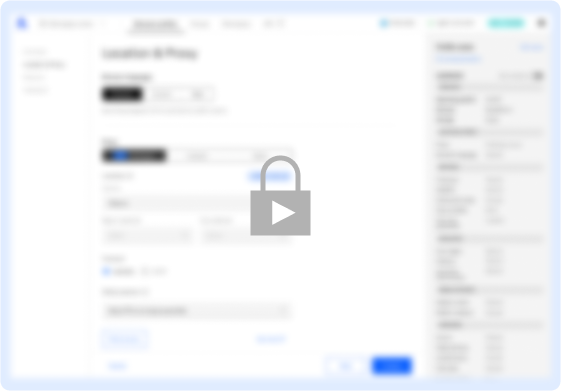Web automation
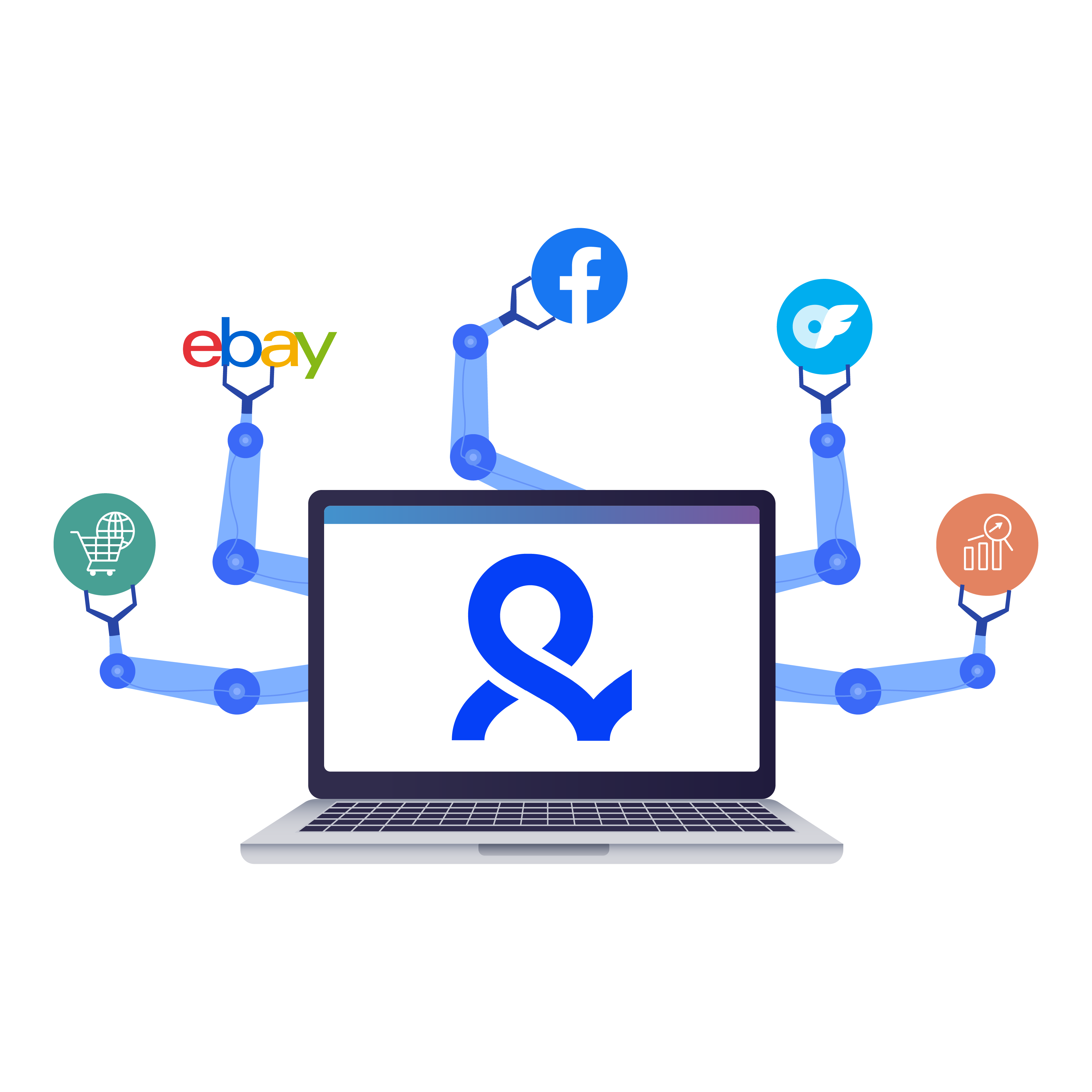
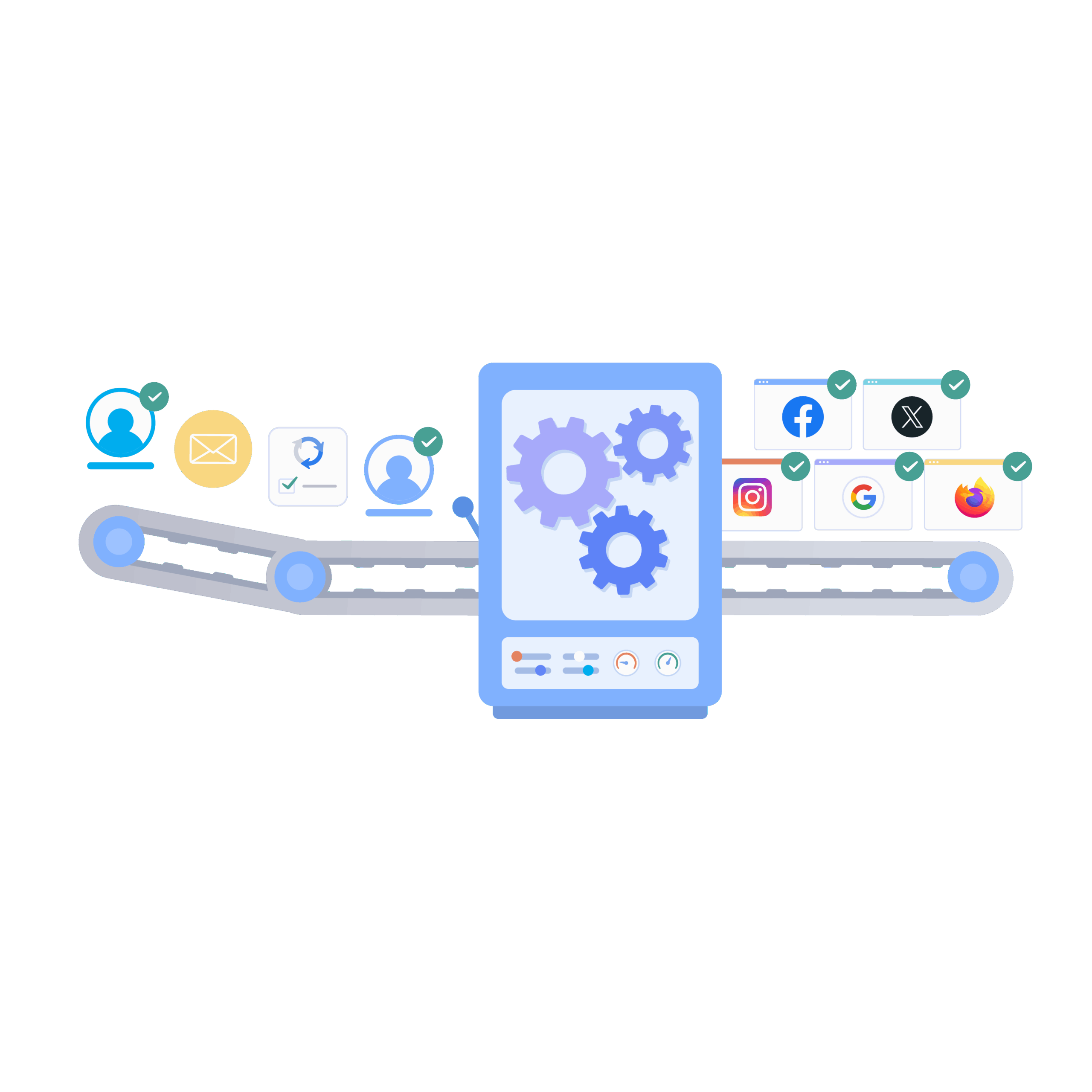
Automate mass accounts with a single browser
With Multilogin, you can run thousands of automated sessions from one machine, each using real browser fingerprints and clean residential IPs. Skip CAPTCHAs, avoid detection, and complete tasks without interruptions using headless or full browser mode.
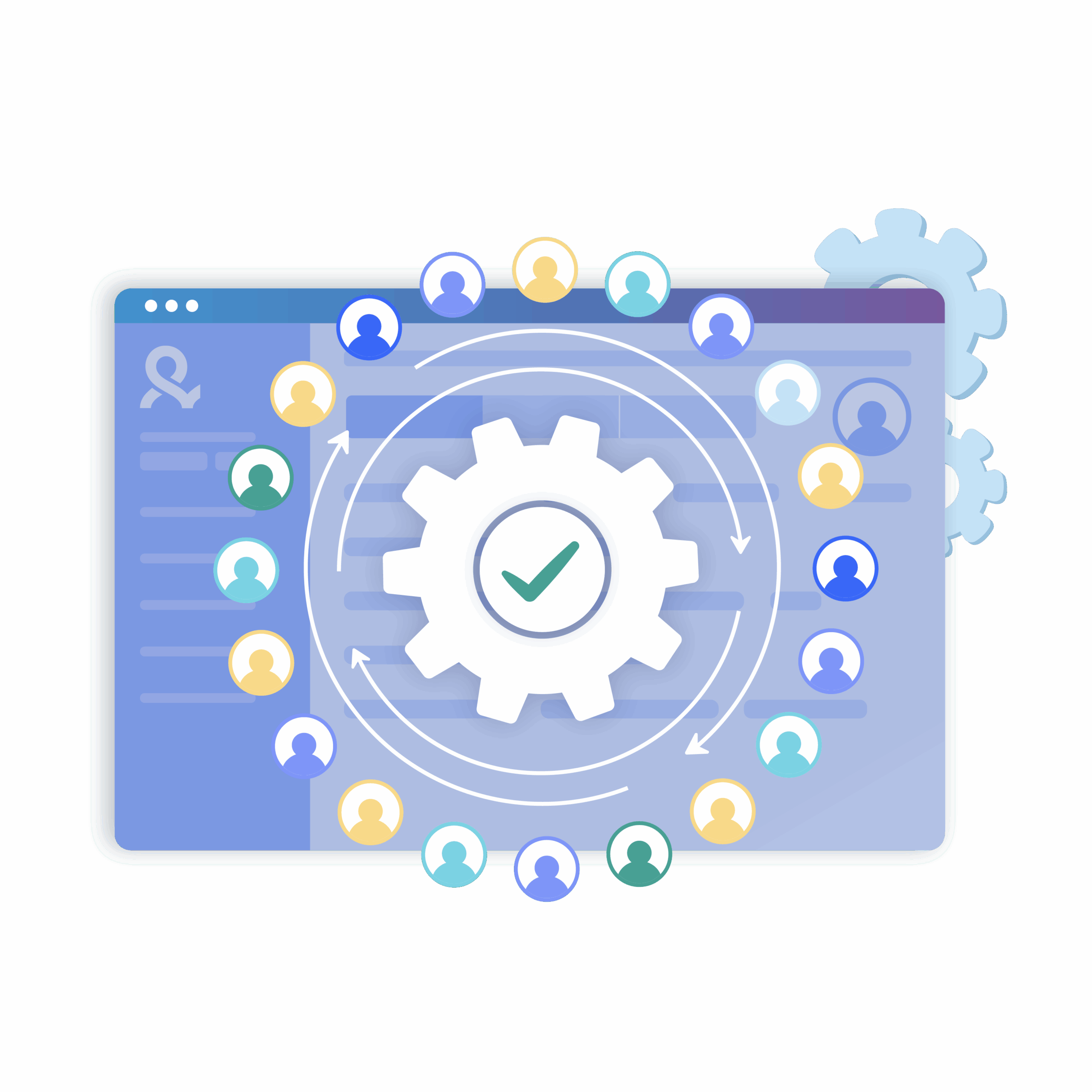
Run thousands of accounts from one browser
Create and manage thousands of accounts without getting flagged. Multilogin lets you automate repetitive tasks, like registrations, form filling, or logins, from a single machine. Use headless mode for faster execution, and rely on built-in residential proxies to keep every session stable and under the radar.
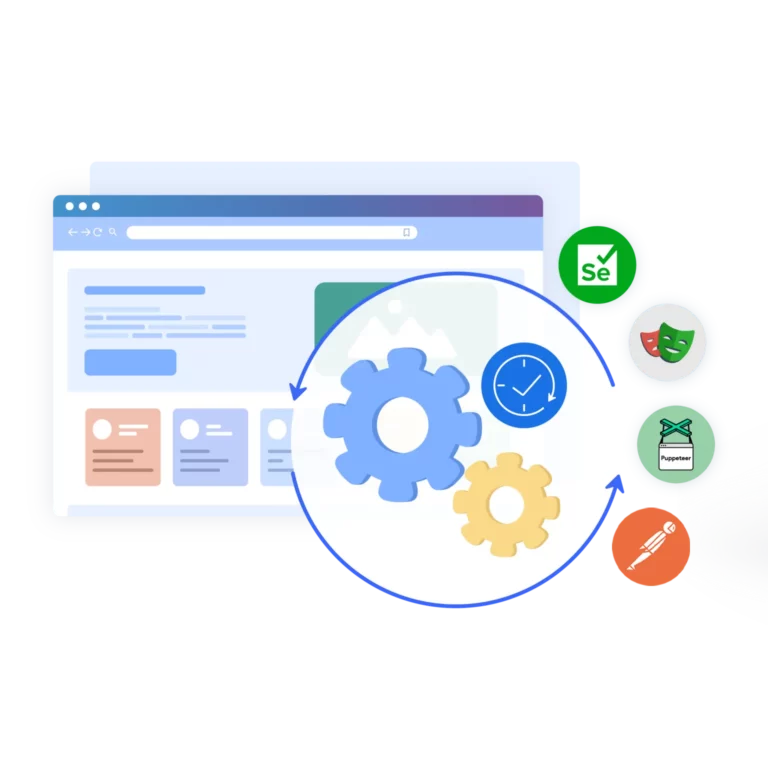
Extract data at scale from any site
Scrape multiple pages as if you’re using hundreds of devices, while running it all from one. Multilogin’s antidetect browser mimics real user behavior across sessions, helping you extract large volumes of data without triggering bot protection or bans.
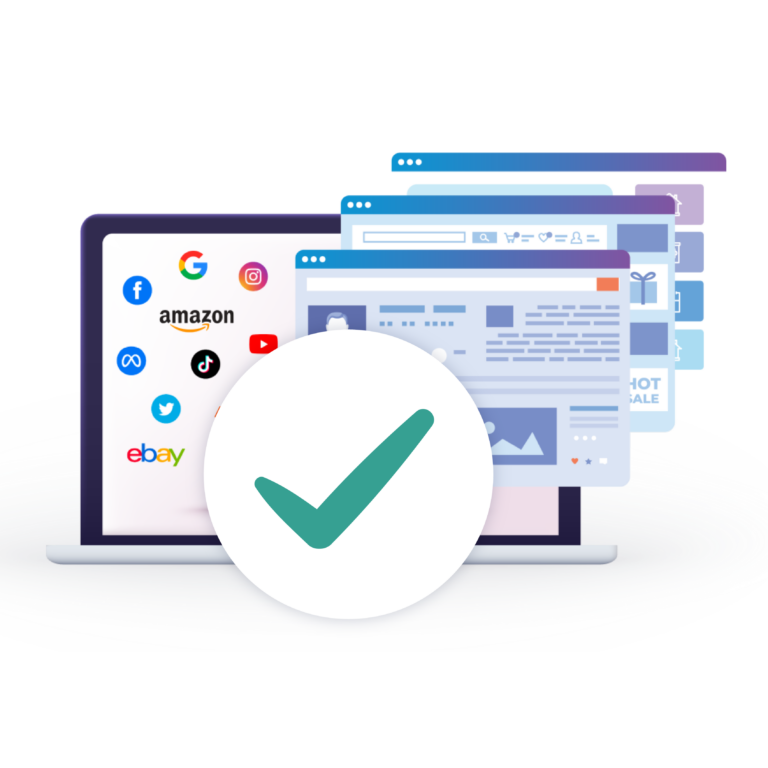
Avoid bans and automate with confidence
Multilogin pairs real browser fingerprints with clean residential IPs, making your automation look like real user activity. It also supports built-in CAPTCHA handling and works with Selenium, Playwright, and Puppeteer, so you can run automation smoothly, even on strict websites.
Try Multilogin Risk-Free — Just €1.99!
-
3-day access to Multilogin
-
5 cloud or local profiles
-
200 MB proxy traffic included
-
3-day access to Multilogin
-
5 cloud or local profiles
-
200 MB proxy traffic included
What is antidetect browser?
An antidetect browser lets you create multiple browser sessions, each with its own unique fingerprint, just like separate real users. By mimicking natural behavior and masking system details, it helps you run high-volume scraping or automation tasks without getting flagged or blocked.
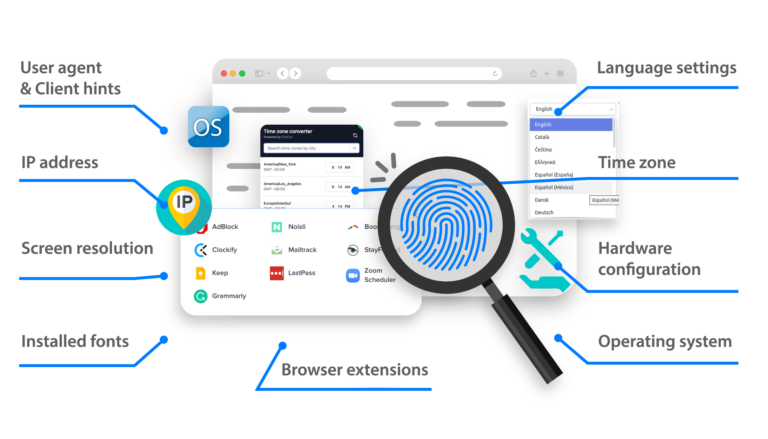
Why it’s better to use proxies and a browser from the same provider?
Multilogin gives you a complete automation stack in one place. You get browser profiles that look like real users, high-quality residential proxies to avoid blocks, and smooth integration with Puppeteer, Playwright, and Selenium, no patchwork setups, no compatibility issues.

Multilogin Features
Bypass Bot Protection
Our fingerprint masking technology is capable of modifying numerous browser fingerprints to avoid detection.

Integration with Selenium, Postman, Playwright, and Puppeteer
Automate data extraction with popular browser automation drivers all while keeping them invisible to anti-automation bots.
Residential Rotating Proxies
Gain access to premium residential proxy nodes in 1400+ cities across 150+ countries with your Multilogin subscription.
Fingerprint Adjustment to Proxies
Fingerprint adjustment ensures that all browser fingerprints match the proxy’s location, enhancing anonymity.
Supports for All Proxy Types
Use our proxies or bring your own, Multilogin supports all proxy types.
Data Sync Over VPS
Use our cloud profiles to synchronize browser data across multiple VPS instances effortlessly.
Fully Featured Browsers
Unlike headless browsers that websites can easily detect, our browsers mimic real user activity, preventing restrictions by websites.
Easy Dockerization
You can collaborate on browser profiles and easily share passwords, cookies, and session progress with team members.
Related solutions you might like
How to Start Using Multilogin
Start collecting data easily with the industry leading antidetect browser.

Sign Up
Register using a verified email address.

Choose Your Plan
Select from various subscription plans tailored to your business needs.

Download Multilogin Agent
Available for Windows, Mac, and Linux.

Access the Multilogin Dashboard
Start creating and managing antidetect browser profiles.

Run Your Data Scraping Script
Integrate your Puppeteer, Selenium, and Playwright data scraping scripts and begin collection.
Web automation: how to get more done with fewer clicks
Web automation is the simple idea of letting software do the clicking, typing, and form-filling for you. Instead of handling repetitive online tasks by hand, you write a script or use a tool that does it for you—fast, accurate, and without mistakes.
If you’re managing multiple accounts, filling forms, checking dashboards, scraping data, or testing web pages, automating those browser actions can save you hours. The goal is clear: get the job done, without getting blocked.
Web automation explained
Web automation is the process of using code or tools to perform actions on websites—like logging in, clicking buttons, filling out forms, or copying data. It’s often used in:
- Lead generation
- Price monitoring
- Form submissions
- Testing flows
- Ad management
- Scraping public data
When done right, it saves time, reduces human error, and helps you scale operations.
Why browser automation breaks
Many websites are built to block bots. They track how you interact with the page—not just what you do, but how you do it. Problems show up when:
- You use the same browser fingerprint across sessions
- Your IP is flagged or mismatched with your browser settings
- Your script moves too fast or behaves unnaturally
- You use headless browsers that look fake
- You run everything from the same location
The result? Blocked logins. CAPTCHA loops. Banned accounts. Broken flows.
Check out our latest guides about the best CAPTCHA solvers.
Automating web pages with Selenium while staying invisible
Selenium is one of the most popular web automation tools out there. It lets you write scripts that simulate human actions like clicking, scrolling, typing, or selecting options.
But if you run Selenium in a default headless browser with no fingerprint management or proxy rotation, you’ll likely get blocked. Websites can tell it’s a bot.
To run Selenium at scale:
- Use a real browser environment, not headless mode
- Rotate clean residential IPs per session
- Set a unique browser fingerprint for each profile
- Match browser settings to proxy geolocation
- Integrate with an antidetect browser like Multilogin to make every session look human
This setup lets you automate login flows, extract data, or simulate user journeys—without being detected.
Read our article about how to turn off fingerprint for passwords on Chrome.
Automate data entry in a web form
Web form automation is another major use case. Whether you’re submitting leads, filling out product listings, or running bulk form entries, automation helps speed up the process.
Here’s how it works in practice:
- Choose a browser automation framework like Playwright, Postman, Puppeteer, or Selenium
- Target the input fields using selectors (e.g., name, id, or class)
- Simulate keystrokes to fill out each field
- Submit the form by triggering a click on the submit button
- Repeat this across sessions or with different data points
To avoid detection:
- Pair each session with a fresh fingerprint and clean IP
- Mimic natural typing speed and user behavior
- Use automation tools with real browser profiles, not raw headless scripts
Characteristics of a reliable web automation tool
Not all web automation software is the same. Most tools can fill a form or click a button, but many break under detection systems. What you need is automation that works under real-world pressure.
Look for tools that:
- Run on real Chrome or Firefox browsers, not stripped-down versions
- Support proxy integration (residential, mobile, ISP)
- Offer fingerprint management to avoid duplicated browser IDs
- Support your preferred frameworks like Selenium, Postman, Playwright, or Puppeteer
- Scale across machines and cloud environments
Multilogin is built exactly for this kind of work—browser automation that doesn’t raise flags.
Multilogin as a platform for high-scale browser automation
If you’re running 10 browser sessions or 1,000, the biggest challenge is avoiding detection. Multilogin makes that easier by creating real browser profiles, each with its own fingerprint, IP, and behavior. You can:
- Automate account creation, form fills, or dashboard actions
- Rotate between residential, mobile, or ISP proxies
- Sync sessions across machines with cloud support
- Launch scripts through the API or Docker
- Run bots safely, even on strict platforms
Whether you’re managing listings, testing forms, or scraping data, Multilogin gives you stability and scale from a single system.
Conclusion
Web automation isn’t about writing the perfect script. It’s about making sure your actions look real—because websites notice the difference.
If you want your bots to last longer, your flows to run smoother, and your tasks to run without interruptions, you need the right setup.
Use the right tools. Mask your browser fingerprint. Rotate clean IPs. And most importantly, make every session look like a real person is behind it.
FAQ
Is web automation illegal?
Web automation itself isn’t illegal. It can violate ToS or laws if it bypasses protections, abuses access, or handles personal data improperly. Stay within contracts and regulations. Not legal advice.
Multilogin makes compliant automation safer to operate—clean isolation, role-based access, auditable workflows (who ran what), and stable environments for repeatable results.
What software is best suited for web automation?
Whatever stack you pick, Multilogin is your browser + identity layer: Mimic (Chromium) and Stealthfox (Firefox) engines, built-in residential proxies, encrypted cloud sync, and automation via CLI/API with Puppeteer/Playwright/Selenium/Postman.
For code-first: Python (Requests + BeautifulSoup, Playwright, Selenium, Scrapy) or Node.js (Puppeteer/Playwright). For managed/no-code: platforms like Apify or ParseHub can help. Choose based on JS needs, scale, budget, and maintenance.
What is the most user-friendly framework for beginners?
For beginners, Cypress is often considered the most user-friendly framework due to its interactive interface and real-time debugging. It’s perfect for learning browser automation concepts quickly.
However, for those who plan to scale operations—especially involving multiple profiles, web scraping, or marketing automation—Playwright with Multilogin provides a better balance of simplicity, flexibility, and anti-detection features.
Multilogin eliminates the need for complex setup, offering a ready environment where beginners can safely test scripts, manage proxies, and automate browsers without worrying about bans or technical fingerprinting issues.
How to use web automation?
To use web automation effectively, follow these steps:
- Choose an automation framework like Selenium, Playwright, or Puppeteer.
- Write scripts that define browser actions—such as logging in, filling forms, or scraping data.
- Integrate proxies to distribute requests and avoid detection.
- Run scripts in isolated environments to prevent cross-contamination of cookies and sessions.
Multilogin simplifies this process. You can connect your chosen automation tool through the Multilogin Local API or the Automation Framework, allowing your scripts to control virtual browser profiles directly. This ensures realistic browser fingerprints and prevents sites from linking your sessions together.
What are the main differences between Playwright, Selenium, and Cypress?
Playwright, Selenium, and Cypress are all popular web automation tools, but they differ in architecture, ease of use, and use cases:
- Selenium: A long-standing, widely adopted automation framework that supports multiple programming languages and browsers. It’s highly flexible but can require more setup and maintenance. Ideal for large-scale automation projects across varied environments.
- Playwright: A modern framework developed by Microsoft, supporting multiple browsers with a single API. It’s fast, reliable, and designed for modern web apps. Playwright can handle multi-page scenarios and browser contexts efficiently, making it useful for testing complex workflows.
- Cypress: Focused on front-end testing, Cypress runs directly in the browser, offering real-time reloading and an interactive test runner. It’s great for quick testing of web interfaces but has limited support for multi-browser scenarios outside Chromium-based browsers.
Multilogin relevance: If your web automation involves managing multiple accounts or simulating different user environments, tools like Multilogin complement these frameworks by isolating browser fingerprints and proxies. Combining Multilogin with Playwright, Selenium, or Postman allows safe automation at scale without account conflicts or detection.
Can I automate Facebook or LinkedIn with Multilogin?
Yes. Multilogin helps you create and manage multiple accounts on Facebook or LinkedIn without bans. Each account runs in a separate browser profile with its own fingerprint and IP, so they don’t overlap.
What are the best tools for web automation?
The most commonly used web automation tools include:
Selenium – open-source, browser-based automation for testing and scraping
Puppeteer – headless Chrome automation by Google
Playwright – supports multiple browsers with powerful automation features
Postman – for automating API calls and validating data endpoints
Multilogin – used to run multiple browser sessions with unique fingerprints and proxies for undetectable automation at scale
Each tool fits different needs depending on the task and level of stealth required.
What is web automation and how does it work?
Web automation is the process of using software to interact with websites automatically. Instead of clicking, typing, or copying data manually, you write scripts or use tools to perform these tasks for you. Automation tools like Selenium, Puppeteer, and Playwright let you simulate real user actions in a browser—such as filling forms, logging in, or scraping content.
Is web scraping considered automation?
Yes. Scraping is a form of web automation that fetches and parses data at scale. It can be as simple as a scheduled HTTP request or as complex as a full browser flow with login and navigation.
How Multilogin helps: Provides stable, human-like browser environments so your automated flows behave consistently and are easier to observe and debug.
Tips
- Separate scraping and analysis steps
- Log requests, responses, and errors
- Use headless only when it’s acceptable
Does Multilogin offer a free trial?
We offer a 3-day trial for €1.99, which includes:
- 5 browser profiles
- 200 MB residential proxy traffic
- Full access to core features
Try it risk-free and see if it fits your automation workflow.
Why does my web automation script keep getting blocked?
Most scripts get blocked because websites detect automation through:
Repeated browser fingerprints
Suspicious IP addresses
Headless browser behavior
Fast, robotic interactions
Multiple logins from one IP
To avoid this, use tools like Multilogin that assign clean residential proxies and real browser environments with human-like fingerprints.
What is Postman API?
Postman is a platform for working with APIs: you create requests, group them into Collections, add variables/tests, and run them manually or on schedules. It’s great for automating routine HTTP calls without writing full apps.
How Multilogin helps: Multilogin exposes a local/cloud API. You can use Postman Collections to create/launch/share browser profiles, assign proxies, or pull session info—no custom code needed.
Tips
- Use environments for dev/stage/prod base URLs
- Keep secrets in Postman variables
- Turn frequent steps into a Collection Runner job
How to scrape data automatically?
Pick a tool (requests/BS4, Playwright/Puppeteer, Scrapy), define selectors, schedule runs, and store results (CSV/DB). Add retries, backoff, and monitoring so it doesn’t break on layout changes.
How Multilogin helps: Run headful browser profiles with realistic fingerprints and fixed residential proxies to reduce blocks. Automate via CLI/API, or drive profiles with Playwright/Puppeteer/Selenium.
Tips
- Start small; handle errors/timeouts
- Cache results; don’t re-scrape unchanged pages
- Rotate profiles/IPs where allowed
Does Google allow scraping?
Google generally disallows scraping many of its properties (e.g., SERPs) in its ToS. It provides official APIs (Custom Search, YouTube, Maps, etc.) with quotas and pricing. Use those whenever possible.
How Multilogin helps: For allowed/internal properties (e.g., your own accounts, testing), Multilogin gives isolated profiles and fixed IP/geo for stable sessions. For Google results/data, use the official APIs.
Is AI scraping illegal?
“AI scraping” (using ML/AI to extract data) isn’t automatically illegal. Legality depends on what you scrape (copyright/personal data), where you scrape (jurisdiction), and terms of the site. Always check ToS, robots.txt, local laws (privacy/IP), and get consent when needed. This is not legal advice.
How Multilogin helps: If your use case is compliant, Multilogin keeps sessions separate and stable (unique fingerprints + IPs), which reduces false positives while you follow rules and rate limits.
Tips
- Prefer official APIs
- Respect robots.txt and rate limits
- Avoid personal data or obtain consent
Is BeautifulSoup legal?
BeautifulSoup is just a Python library. Using it is legal. Whether your scraping is legal depends on target site rules and laws (copyright, privacy, computer misuse). Always comply; this is not legal advice.
How Multilogin helps: If you need a real browser context (login, JS-rendered pages), use Multilogin profiles with a browser automation framework, then parse the HTML with BS4.
Tips
- Prefer public/authorized data
- Respect ToS and robots.txt
- Keep request rates modest
Watch the Multilogin Demo
